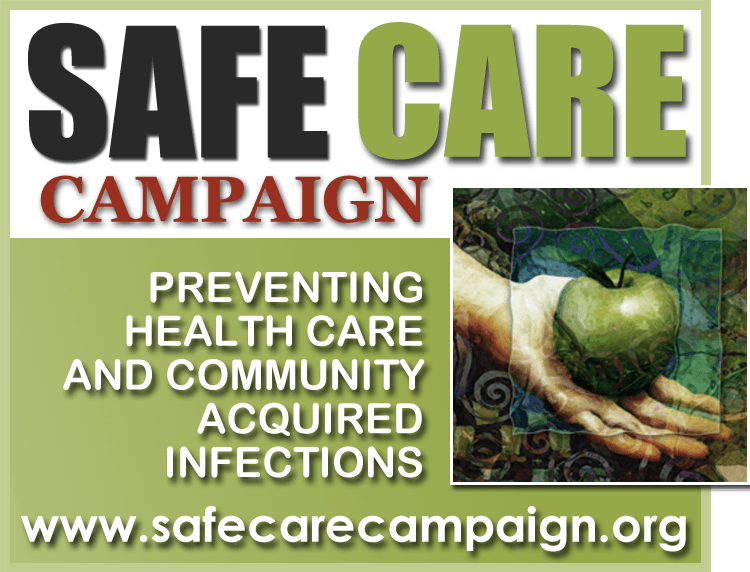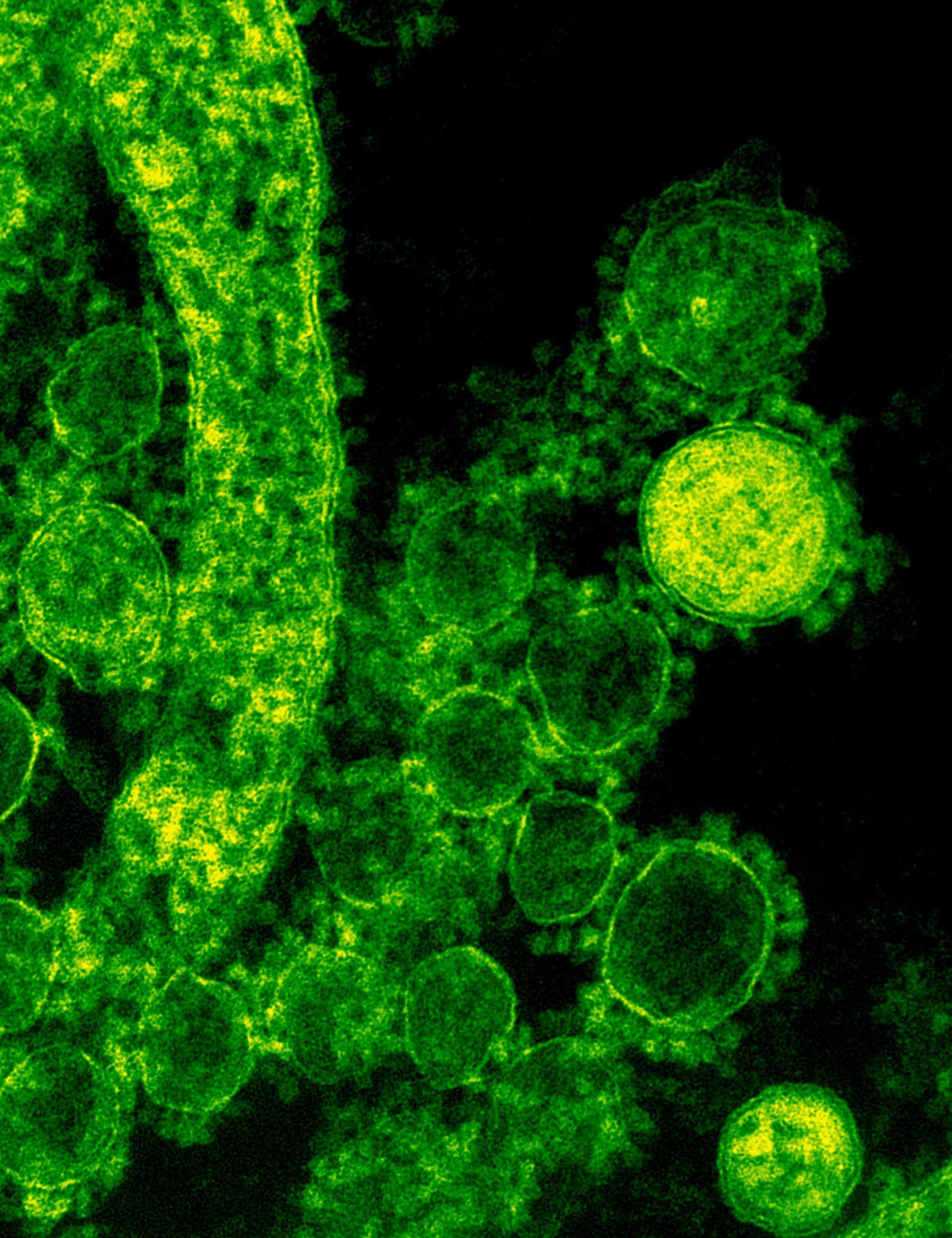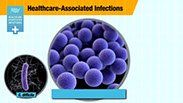In the U.S. more than 4,600 patients per day become infected as a result or complication of their medical care. No one feels the true cost of healthcare infections as much as the patients, their families and the caregiver staff. Healthcare associated infections affect everyone involved.
With more than 1.7 million healthcare associated infections per year in the United States, and the problem of antibiotic resistance ever widening, the need for prevention looms heavier now more than ever before. Of the 4,600 patients infected daily, 271 die from their infections. Every day.
In total, that’s more than 99,000 people in the U.S. annually with more people dying of these infections than all of the people in the U.S. who die each year of AIDS, breast cancer and automobile accidents COMBINED.
A nosocomial infection - also called “healthcare associated infection” can be defined as:
An infection acquired in hospital by a patient who was admitted for a reason other than that infection. An infection occurring in a patient in a hospital or other healthcare facility in whom the infection was not present or incubating at the time of admission. This includes infections acquired in the hospital but appearing after discharge, and also occupational infections among staff of the facility.
Despite progress in public health and hospital care, infections continue to develop in hospitalized patients, and may also affect hospital staff. Many factors promote infection among hospitalized patients: decreased immunity among patients; the increasing variety of medical procedures and invasive techniques creating potential routes of infection; and the transmission of drug resistant bacteria among crowded hospital populations, where poor infection control practices may facilitate transmission.
Healthcare associated Infections encompass almost all clinically evident infections that do not originate from patient's original admitting diagnosis. Within hours after admission, a patient's flora begins to acquire characteristics of the surrounding bacterial pool.




